Associate Professor, Dr. Nguyen Thi Yen, former Head of the Department of Beliefs and Festivals, Institute of Cultural Studies, Director of the Center for Research and Conservation of Vietnamese Culture and Beliefs, is a scientist with many years of experience in researching the fields of culture and religious beliefs of the Tay, Nung, Thai, Kinh ethnic groups... At the same time, she also has many important contributions to the activities of preserving and promoting the cultural heritage of ethnic groups. She is also the author of the book "Then Tay" published by the Social Sciences Publishing House in 2007.
During the survey trip on then singing by Associate Professor, Dr. Nguyen Thi Yen in Binh Lieu, reporters from the Quang Ninh Provincial Media Center had an interview with her.
- According to you, what are the notable characteristics of the Then rituals of the Tay people in Quang Ninh?
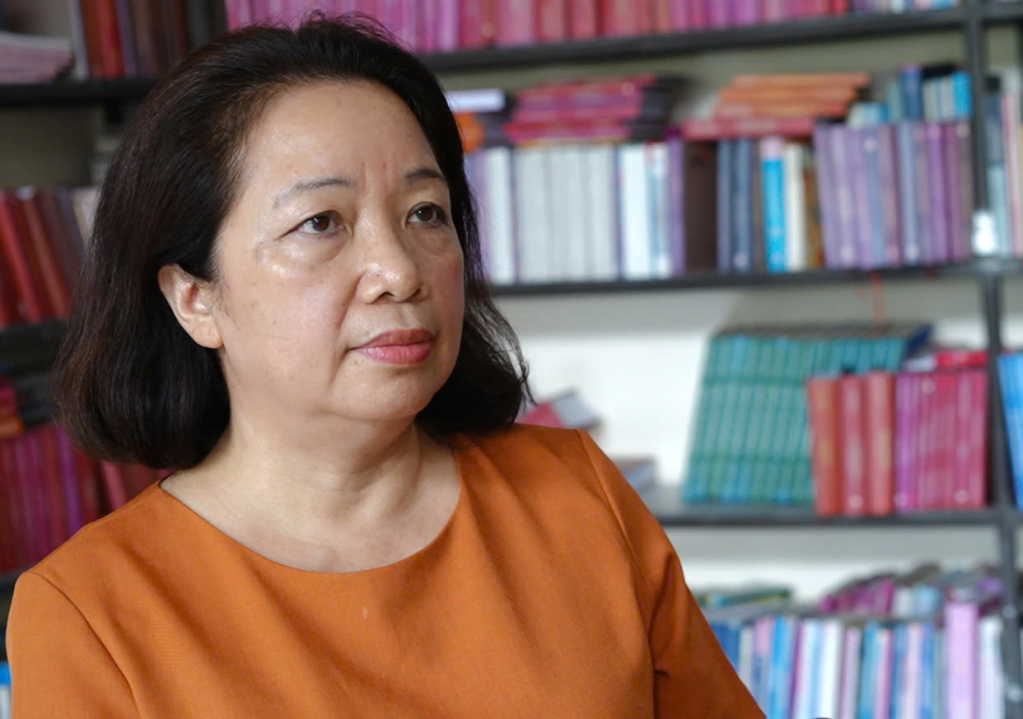 + According to the concept of the Tay people in Binh Lieu, then means "heaven", then ritual means the ritual of the heavenly people. Those who perform then are believed to have been given the mission by heaven to maintain the connection between the mortal world and the Jade Emperor and the Dragon King to help the mortal world. Then practitioners can be male or female. In Quang Ninh, then practitioners are female and are called then ladies. In the writings of shamans, the word "then" is often transcribed with the word "thien", expressing meanings related to heaven, Buddha, and supernatural powers. In terms of genre, then belief is a form that takes the element of entering and leaving the body as its core. This exists in many ethnic groups in our country, such as the spirit mediumship of the Kinh people. |
In the Tay people's folk beliefs, then originated from games in the form of possession of children and young men and women. The spirits they possessed were often fairies or the souls of inanimate objects such as the egg girl, the bran girl, the basket girl, the incense girl (burning incense), the moon girl... Among the participants in the possession games, there would be people who were compatible with a certain fairy and were protected by the fairy to help people. Later, due to the needs of society, then developed into these forms of worship in the Tay - Thai society (including the Choang ethnic group in China).
Surveying the Tay Then in Binh Lieu, we found that this is a Then lineage with little Kinh cultural elements mixed in. This is clearly shown in the Lau Then ritual, there is a ceremony going up to the stage to pay respect to soldiers, which is a very typical ritual. The lyrics rarely contain Kinh language. The practice is simple and rustic with its own meaning and historical value. Therefore, the Tay Then in Binh Lieu has historical value with many indigenous elements contributing to enriching the cultural heritage of Then performance of the Tay people in general.
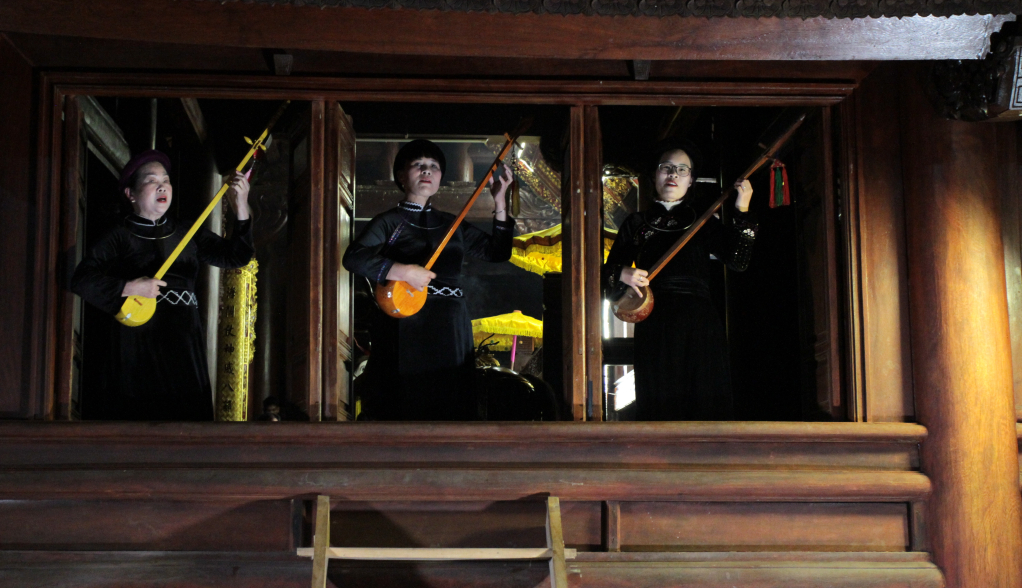
- Is it that sustainable indigenous element that has helped the rituals in Quang Ninh not be mixed and lose their identity?
+ We must go back to the origin. Then originated from folk beliefs with core values mainly concentrated in the Tay community. Through the process of cultural exchange and assimilation, Chau dance is an important part of Then, which was developed and brought into the royal court to serve the king during the period when the Mac dynasty dominated the Northeast of our country. After the Mac dynasty collapsed, Chau dance and Then returned to folk life, were loved by the people and passed down to this day. When the Mac dynasty collapsed, Then went out to the people and penetrated into different localities.
The Then group of the Pian people (the Choang group) in Phong Thanh district bordering Quang Ninh province of Vietnam. This Then lineage has many older elements, expressed through the artists themselves, through the objects of worship and through the form of performance. According to legend, this Then lineage originated from Quang Ninh, Vietnam. Through the process of approaching and researching, we found that on the other side of the border, there is also the Nung Then lineage in China (Bang Tuong, Ninh Minh, Phu Si). In Lang Son province, the Nung Chao branch mainly does not have Chau dance. The Then of the Tay people in Quang Ninh is not mixed with those Then lines.
Then rituals of the Tay people in Binh Lieu also preserve the Then cultural space, contributing to supplementing research data on preserving, teaching and promoting heritage values. A very special thing is that the geographical location of Binh Lieu is very close to Fangchenggang, Guangxi Zhuang Autonomous Region, China, but it has not been mixed or changed, so it can be said that this Then space is very unique and needs to be cared for and preserved.
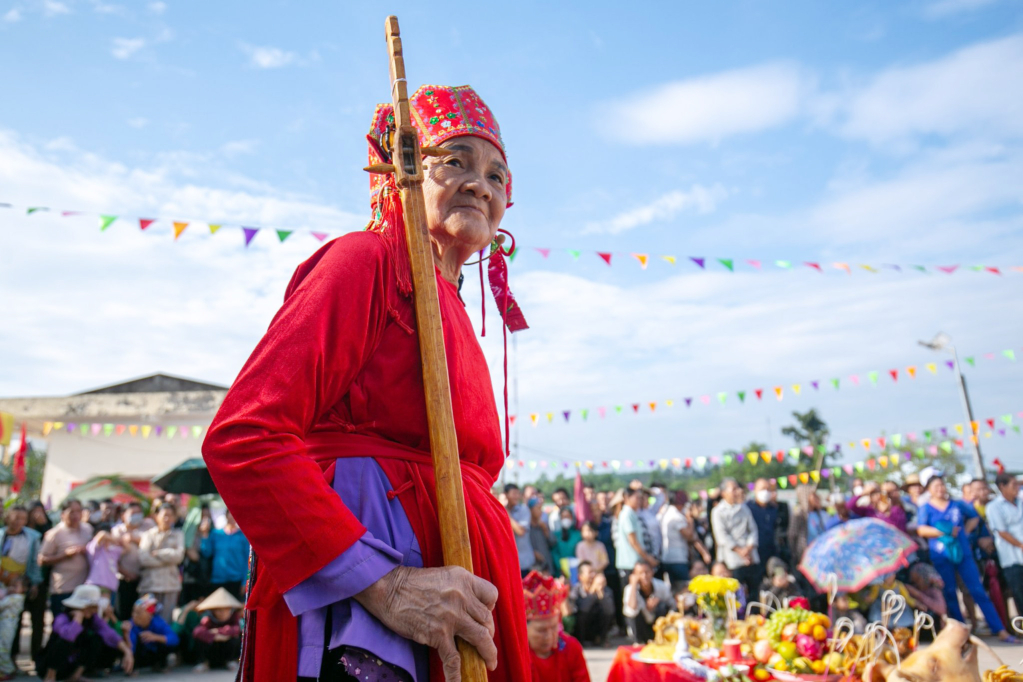
Then Tay Binh Lieu has the value of preserving ethnic cultural nuances, gathering and preserving the language, customs, concepts of nature, outlook on life, and worldview of the Tay people. While we are lacking written documents, the study of Then rituals and Then performances in Binh Lieu is extremely urgent, contributing to the understanding of the development of local social culture as well as cultural exchange between residents of the Northeast region.
- Specifically, what should we preserve about Then performance, madam?
+ In Binh Lieu, there are still precious antiques, ancient paintings, and ritual tools of the Then masters, which need to be collected and displayed in museums. Then Tay Binh Lieu has the value of preserving traditional cultural and religious nuances. Folk artists who are Then masters and shamans are living human treasures who are preserving the heritage, contributing to preserving Then, preserving traditional beliefs, preserving the culture and ancient language of the ethnic group. Therefore, we need to pay more attention to the team of artisans and have more preferential policies for them.
- To better preserve and promote the value of Then singing heritage, what should we do, Associate Professor?
+ To preserve and promote well, first of all, it is necessary to organize systematic collection and research on the Tay people's Then performance heritage. In fact, there is no document describing the entire process of ritual Then performance (lau then) in Quang Ninh today. We also need to research music, dance, and the art of making Tinh lute. All of these require separate research. Based on those studies, we will have an overall view of the Tay Then performance heritage.
We also need to preserve it in a community environment. Then people will voluntarily organize Then performance rituals. We can restore ancient Tay villages, a communal Then house, a communal Then tower with primitive features in a Tay village. Groups in need can go there to perform Then in turns. At the same time, it is also necessary to create new compositions, edit and stage Then singing and art programs to serve festivals and develop community tourism. The third thing as I mentioned above is to care for the folk artists to exploit their valuable assets, and organize for artists to teach the younger generation.
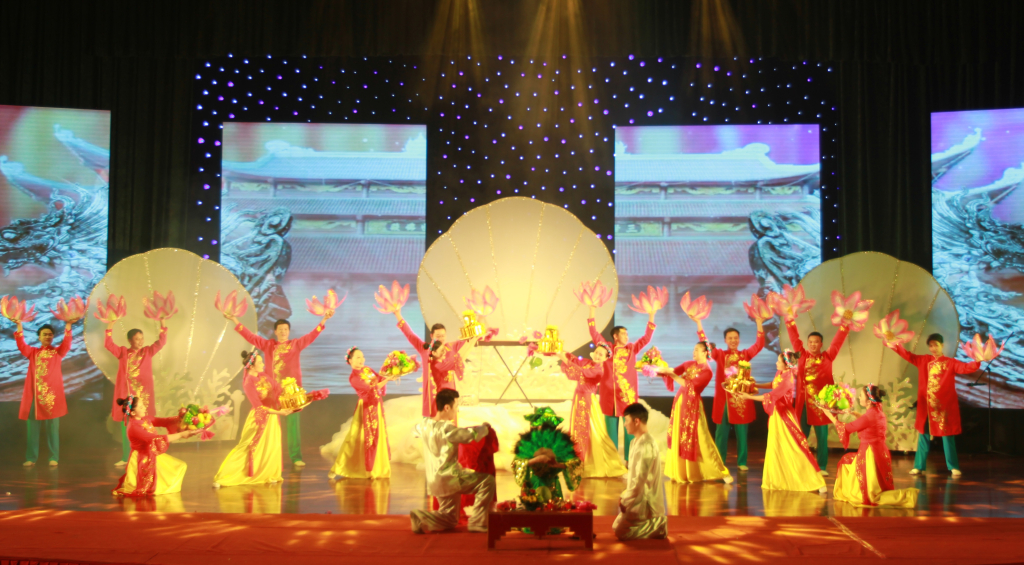
- Above, the Associate Professor has just mentioned the close relationship between Then singing and the Vietnamese Mother Goddess worship ritual. Both have been recognized as representative intangible heritage of humanity. According to the Associate Professor, in what aspects is the close relationship between Then singing and Mother Goddess worship specifically expressed?
+ In my opinion, the connection between ritual then and the Four Palaces belief is very clear, closely related to each other in many aspects. Since ancient times, spirit possession and spirit mediumship solved spiritual problems that society had not yet solved. Even in contemporary society today, there are problems that have not been solved, so people still have to solve them spiritually. That is the very similarity between ritual then and the performance of singing Chau Van Hau Mau Tu Phu. In addition, in our research in the Then group of Binh Lieu, we found that the Then masters here worship paintings of fairies, this image is very close to the Muong Lady, the Mother of the Four Palaces.
- Thank you for the interview!
Source


![[Photo] General Secretary To Lam attends the 8th Congress of the Central Public Security Party Committee](https://vphoto.vietnam.vn/thumb/1200x675/vietnam/resource/IMAGE/2025/10/4/79fadf490f674dc483794f2d955f6045)

![[Photo] Solemn opening of the 8th Congress of the Central Public Security Party Committee, term 2025-2030](https://vphoto.vietnam.vn/thumb/1200x675/vietnam/resource/IMAGE/2025/10/4/f3b00fb779f44979809441a4dac5c7df)


![[Photo] Bustling Mid-Autumn Festival at the Museum of Ethnology](https://vphoto.vietnam.vn/thumb/1200x675/vietnam/resource/IMAGE/2025/10/4/da8d5927734d4ca58e3eced14bc435a3)
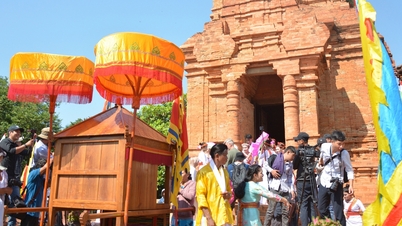







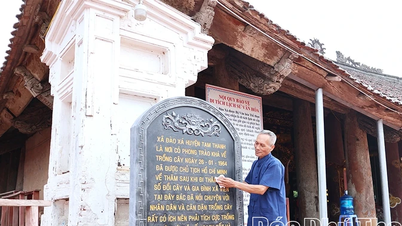

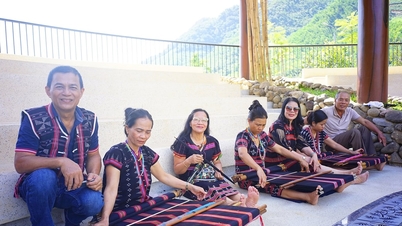
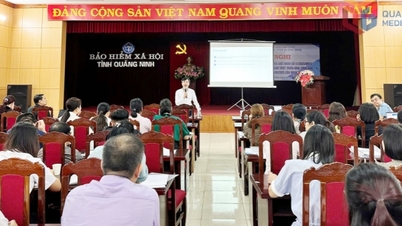

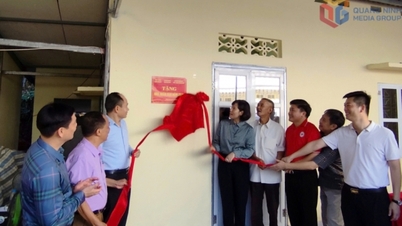
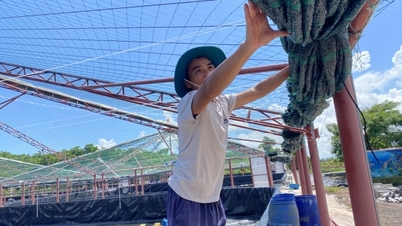

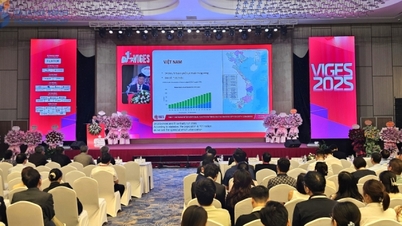





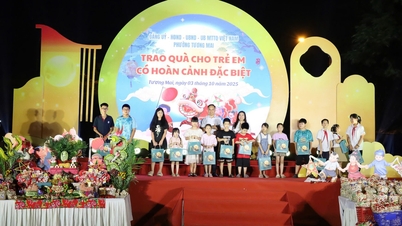
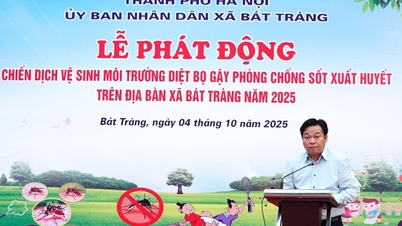
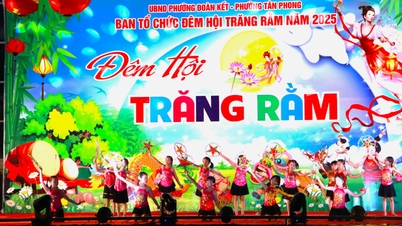
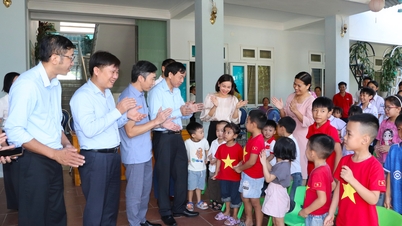
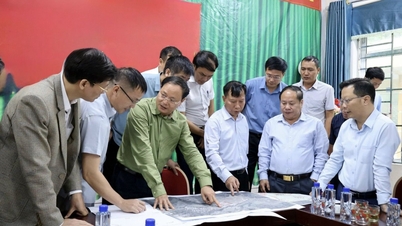
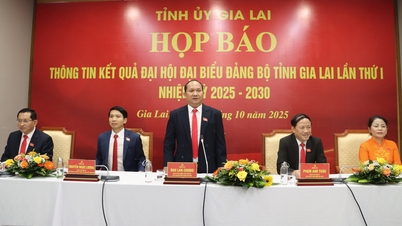

























![[VIDEO] Summary of Petrovietnam's 50th Anniversary Ceremony](https://vphoto.vietnam.vn/thumb/402x226/vietnam/resource/IMAGE/2025/10/4/abe133bdb8114793a16d4fe3e5bd0f12)

![[VIDEO] GENERAL SECRETARY TO LAM AWARDS PETROVIETNAM 8 GOLDEN WORDS: "PIONEER - EXCELLENT - SUSTAINABLE - GLOBAL"](https://vphoto.vietnam.vn/thumb/402x226/vietnam/resource/IMAGE/2025/7/23/c2fdb48863e846cfa9fb8e6ea9cf44e7)















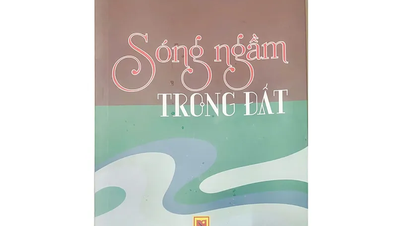



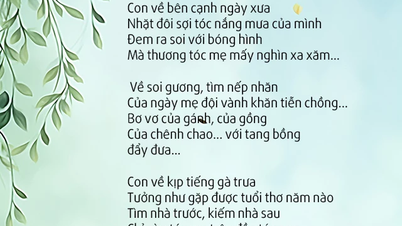

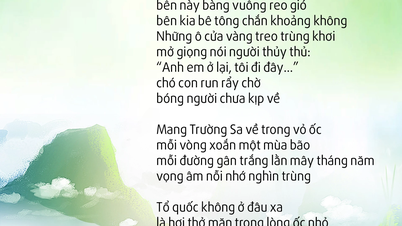
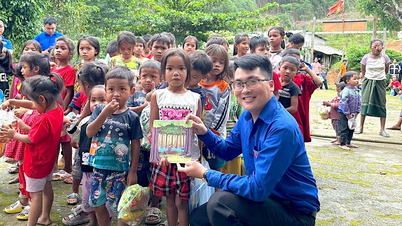
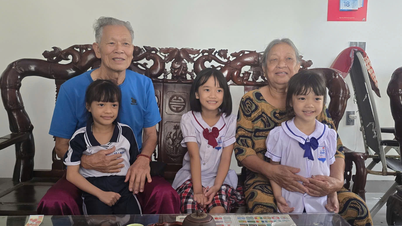








Comment (0)